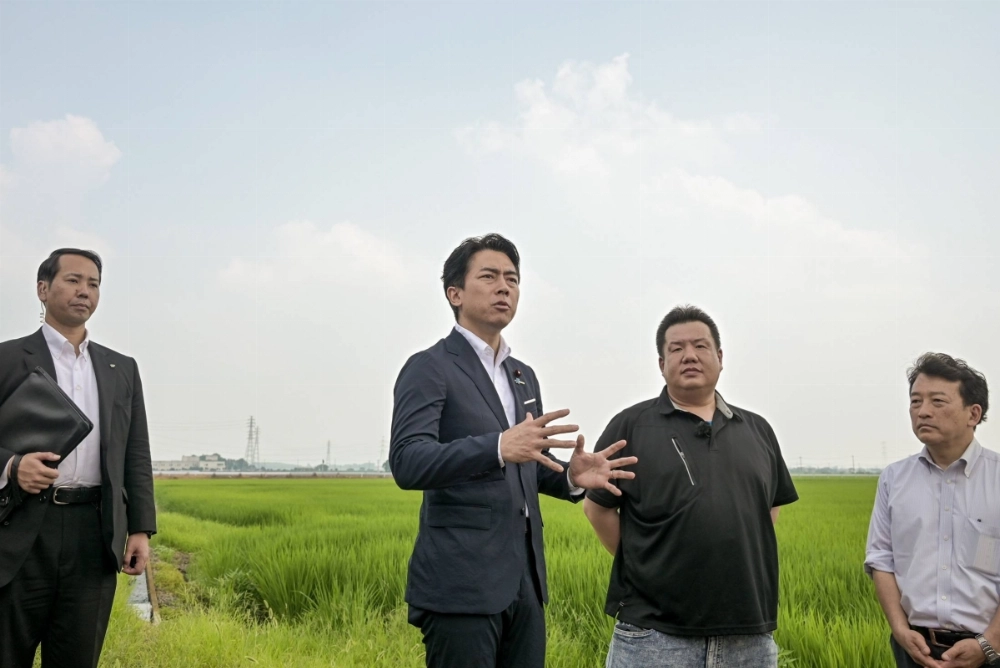In Japan, where politicians usually favor caution over confrontation, Shinjiro Koizumi is proving to be an exception.
Dressed in a sharp navy suit and crisp white shirt, the 44-year-old son of a former prime minister showed up in the rice-growing heartland of Yamagata this month with a message few farmers wanted to hear: The price of rice must come down.
"If I hadn’t made the decision to release government stockpiled rice at ¥2,000 ($14), rice would still cost about ¥4,000,” Koizumi told a crowd of hundreds of farmers, shoppers and agricultural association officials.


















With your current subscription plan you can comment on stories. However, before writing your first comment, please create a display name in the Profile section of your subscriber account page.